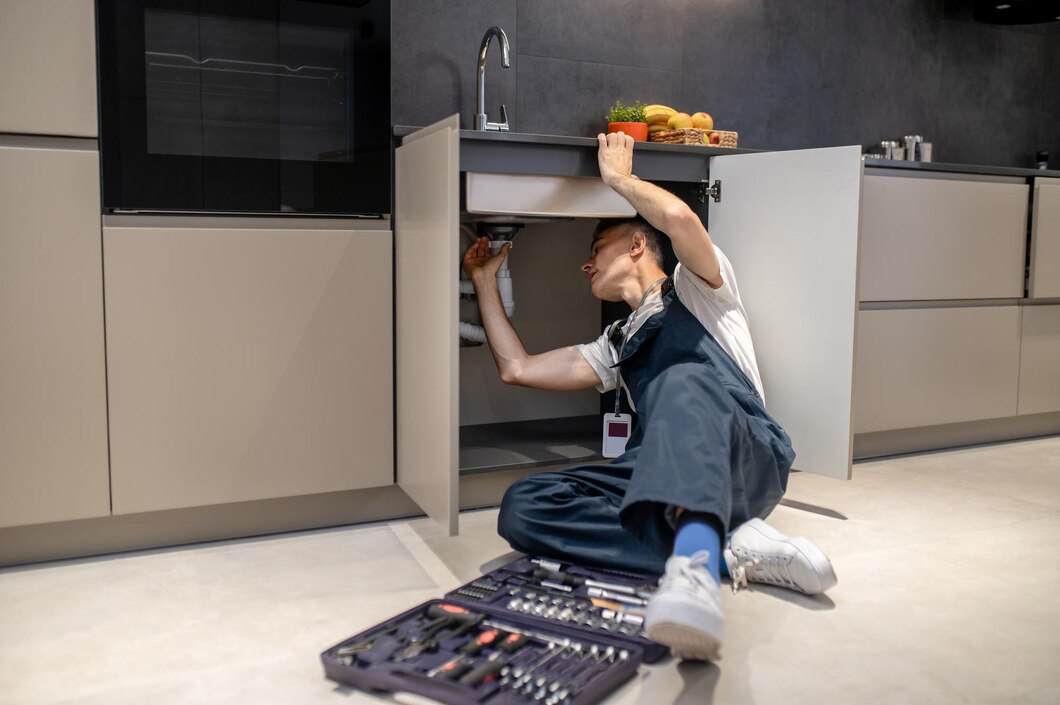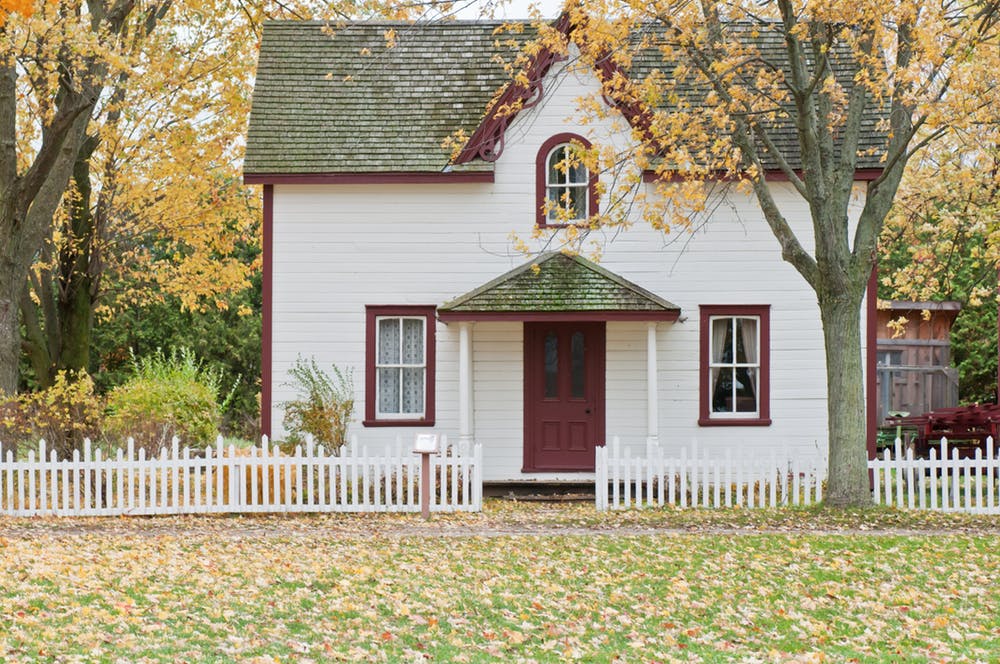
We rarely stop to appreciate the intricate systems that make our lives comfortable in today’s fast-paced world. One such marvel, often overlooked, is the role of plumbing in modern architecture. What does it entail? Let us assess how contemporary plumbing systems provide essential services and enhance buildings’ aesthetic and functional aspects.
Innovations in Plumbing and Building Design
The evolution of plumbing has been parallel to the advancements in building design. Modern architects now integrate plumbing systems into their designs in a way that they become a feature rather than a hidden necessity. From exposed copper pipes adding an industrial chic to a loft apartment to elegantly concealed systems in sleek, minimalist homes, plumbing plays a pivotal role in the aesthetic of a structure.
Innovative designs often include water recycling systems that are not only environmentally friendly but also add a unique aspect to a building’s functionality. Rainwater harvesting systems, for instance, blend seamlessly into modern roofing designs while providing a sustainable water source.
Enhancing Aesthetics with Plumbing Fixtures
The selection of plumbing fixtures is another area where architecture and plumbing intersect beautifully. Designers now opt for fixtures that complement the architectural style of a building. For instance, a Victorian-style home might feature ornate, vintage taps and fixtures, while a modern, minimalist building might have sleek, angular faucets.
Plumbing: The Backbone of Hygienic Living Spaces
Beyond aesthetics, plumbing is crucial for maintaining hygienic living spaces. Advanced plumbing systems ensure efficient waste removal and clean water supply, which are fundamental to healthy living environments. Modern plumbing solutions, especially in densely populated urban areas, are designed to cope with high demand while maintaining efficiency.
Emergency Plumbing Solutions: A Safety Net for Modern Buildings
No matter how advanced a plumbing system is, emergencies can arise. This is where services like emergency plumbing solutions in Canberra come into play. They ensure that any disruptions caused by plumbing failures are swiftly addressed, thereby maintaining the integrity of the building’s design and functionality.
The Role of Technology in Plumbing
Today’s plumbing systems are increasingly intertwined with technology. Smart plumbing solutions, such as leak detection systems and automated water pressure controls, are becoming standard in new constructions. These technologies improve the efficiency of plumbing systems and enhance the overall safety and comfort of the occupants.
Global Plumbing Standards and Sustainability
As we become more conscious of our environmental footprint, plumbing plays a significant role in sustainable building design. International standards now encourage water-efficient fixtures and sustainable waste management solutions, making modern plumbing a key player in the green building movement.
Linking Past to Present: The Evolution of Plumbing
To appreciate the sophistication of current plumbing systems, one must understand their evolution. As a craft, plumbing has been integral to human settlements since ancient times. From the aqueducts of Rome to the step-wells of India, each culture has contributed to plumbing advancement.
This historical perspective provides an enriching context for our modern-day systems. Understanding this history is vital, and further insights can be gained by exploring the history of plumbing worldwide.
Conclusion
Plumbing, often an unsung hero in architecture, plays a pivotal role in the functionality and aesthetic appeal of modern buildings. It’s a field that has grown in leaps and bounds, from basic water supply and waste disposal to a critical component in sustainable building design.
The integration of plumbing into architectural design not only serves practical purposes but also contributes significantly to the stylistic elements of a building. As we continue to innovate and build, the synergy between plumbing and architecture will undoubtedly become even more pronounced, shaping how we live and interact with our surroundings.






About The Author: Tina Richardson
More posts by Tina Richardson